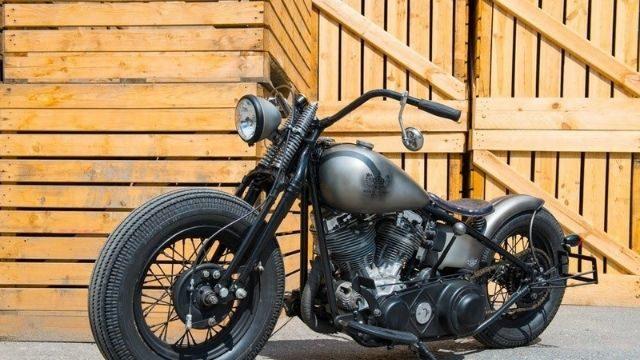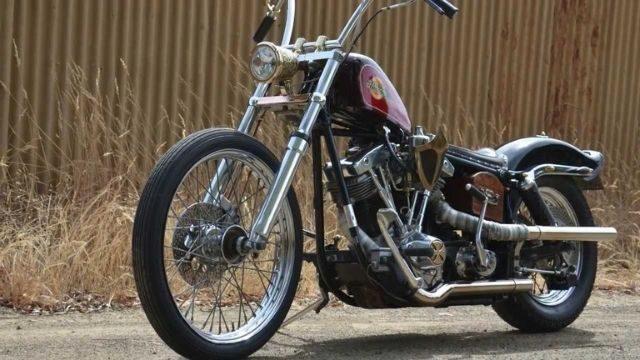With the most recognized assortment of motorcycle engines in history, Harley-Davidson is a household name. Aristocratic in appearance and power, their engines are the pinnacle of nobility in the motorcycle world. There is no difference in the engines used to power Sportster, Touring, and Softail motorcycles.
Since its inception more than a century ago, the company has experienced tremendous engine expansion. Panhead and Shovelhead motorcycles were the stars of the show from 1948 to 1984. In this article, the Harley Panhead is compared to the Harley Shovelhead.
Panhead Vs Shovelhead
The Panhead engine was developed by Harley-Davidson in 1948, while the Shovelhead engine was developed in 1965. Although the two are relatively similar in terms of form and function, they differ in several respects. Both engines feature two cylinders and four V-valve configurations. These two are diametrically opposed to each other, among other things.
Although a small improvement over its predecessor, the Shovelhead has a bit more capability than the Panhead in terms of overall utility. In terms of efficiency, the different prototypes can, of course, have a variety of impacts on the system.
Harley Davidson Panhead
The Panhead engine debuted in 1948 and was distinguished from its predecessor by the shape of the rocker covers, which were now shaped to resemble an upturned saucepan. Panhead is a slang term for “Pot Head”. Other than that, the rest of the exterior remained virtually unchanged from previous versions.
However, the internal engine components were completely redesigned, with hydraulically actuated valves and light alloy cylinder heads instead of the previous cast iron ones. These alloy cylinder heads were to help disperse the heat produced by the engine more efficiently, and a hydraulic system was to help reduce engine timing sounds. Despite this, the idea was still fifteen to twenty years behind its rivals in terms of maturity.

Overall lubrication was also improved, with 25% more oil in the cylinder head and higher pressure throughout the engine compartment. Like its big brother, the Knucklehead, the engine was produced in two different displacements: 988 ccs and 1200 cc. In 1949 an engine with 60 horsepower was developed, thanks to advances in the intake and exhaust systems.
The Hydraglide front fork was the second significant innovation included in the model, while the rear axle remained of the Hard Tail type, which had no suspension. In addition, the manual transmission with a lever in the tank was retained until 1952. The Duo-Glide system, later renamed Electra Glide when it was upgraded to include electric start shortly before the Shovelhead model was introduced in 1958, was the first rear suspension system to be installed.
Incredibly, Harley Davidson was still clinging tenaciously to solutions that were almost as old as World War I, nearly twenty years after the conclusion of World War II. The adage “if something works, don’t modify it” was followed by the letter, but the product was still aimed primarily at the U.S. market of the time. The motorcycles featured in the movie Easy Rider, in which the motorcycles were modified versions with Panhead engines, stand out as examples of motorcycles from this era.
Harley Davidson Shovelhead
The Shovelhead engine was introduced in 1966, initially in 1200 cc, then in 1340 cc in 1978. The rocker cover in this case resembles a shovel, hence its nickname. Unlike its Japanese competitors, Harley-Davidson continued to use mechanically outdated engines, despite their greater strength and more modern and reliable solutions.
The 1966 FLH featured a new carburetor, higher compression, and a rebuilt rocker cover. With a 32 kg weight reduction over its predecessor, the Super Glide FX was clearly inspired by the famous Sportster series of motorcycles. In 1972, the FLH “Super Sport” with manual transmission was introduced, a first in a Harley world accustomed to long, hard models in tractor design.

The FXS Low Rider debuted in 1977, with a low seat and a “Fat Bob” style tank split in half. In 1980 a belt final drive was added to the Wide Glide and Fat Bob, as well as the Sturgis Cruiser, which had a belt final drive to the Wide Glide and Fat Bob.
In general, Harley-Davidson management was not concerned about competition in overall market share, as they continued to go for big bikes with above-average fuel consumption and technical solutions they had built themselves over decades.
The Evo engine, developed by the “Evolution” company, debuted in 1983; however, we will talk about it in another article.
Final Thoughts – Panhead Vs Shovelhead
The difference between a Knucklehead and a Flathead engine can be puzzling to a novice motorcyclist.
The heads that act as valve covers are distinctive features of these engines. The name of each engine is derived from the distinctive shape of its head. I hope this post has been helpful, especially if you are new to motorcycles.
